Ingredients.
1. Natural colors of the Moon surface: Lunar Reconnaissance Orbiter Camera (LROC)
2. Surface elevation model: Lunar Orbiter Laser Altimeter (LOLA), 118m resolution data by LOLA Science Team
3. Star map in the background: NASA as well, surprisingly! ;)



Natural colors.
The Moon in its natural colors. It is not at all a single tone with brighter and darker shades as we cen see it from the Earth. Bluish an reddish areas appear in the images as you turn the Moon around. Some craters look like sprinkled with plaster-white powder.
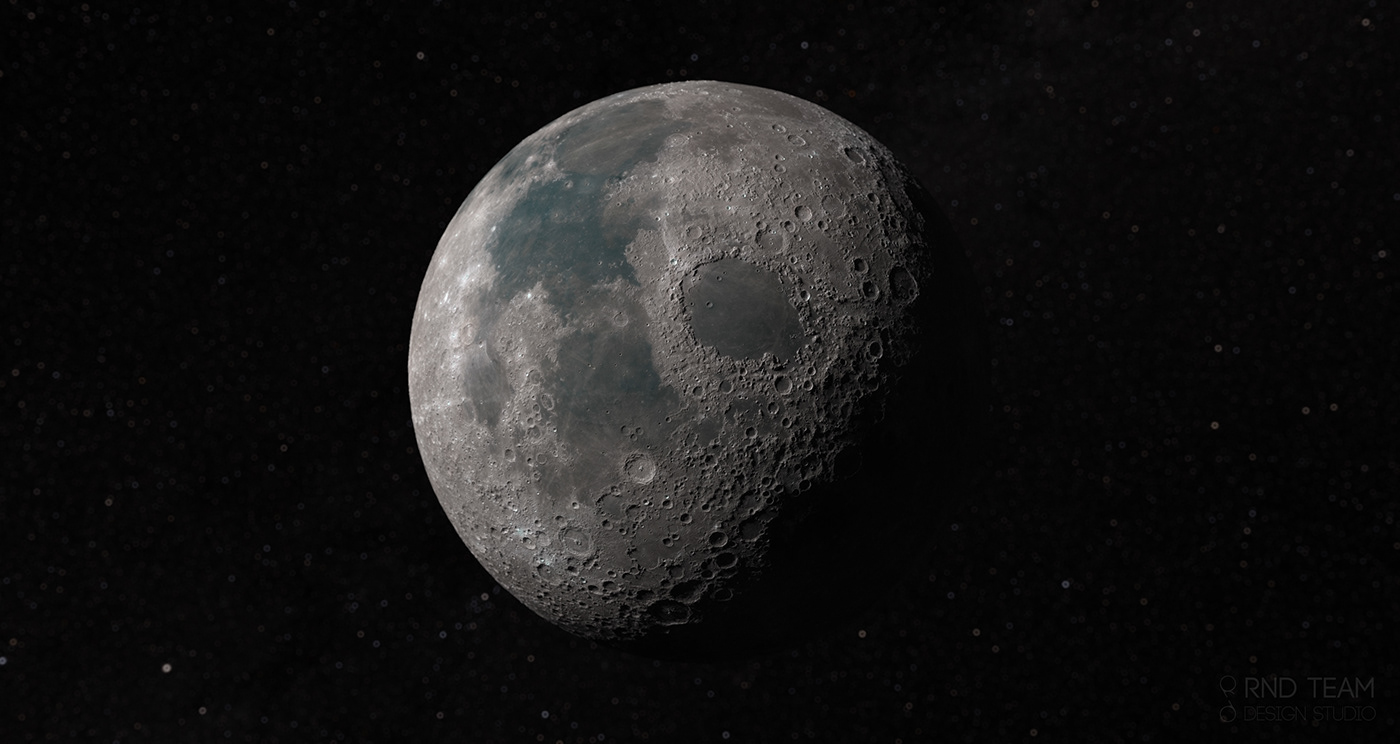
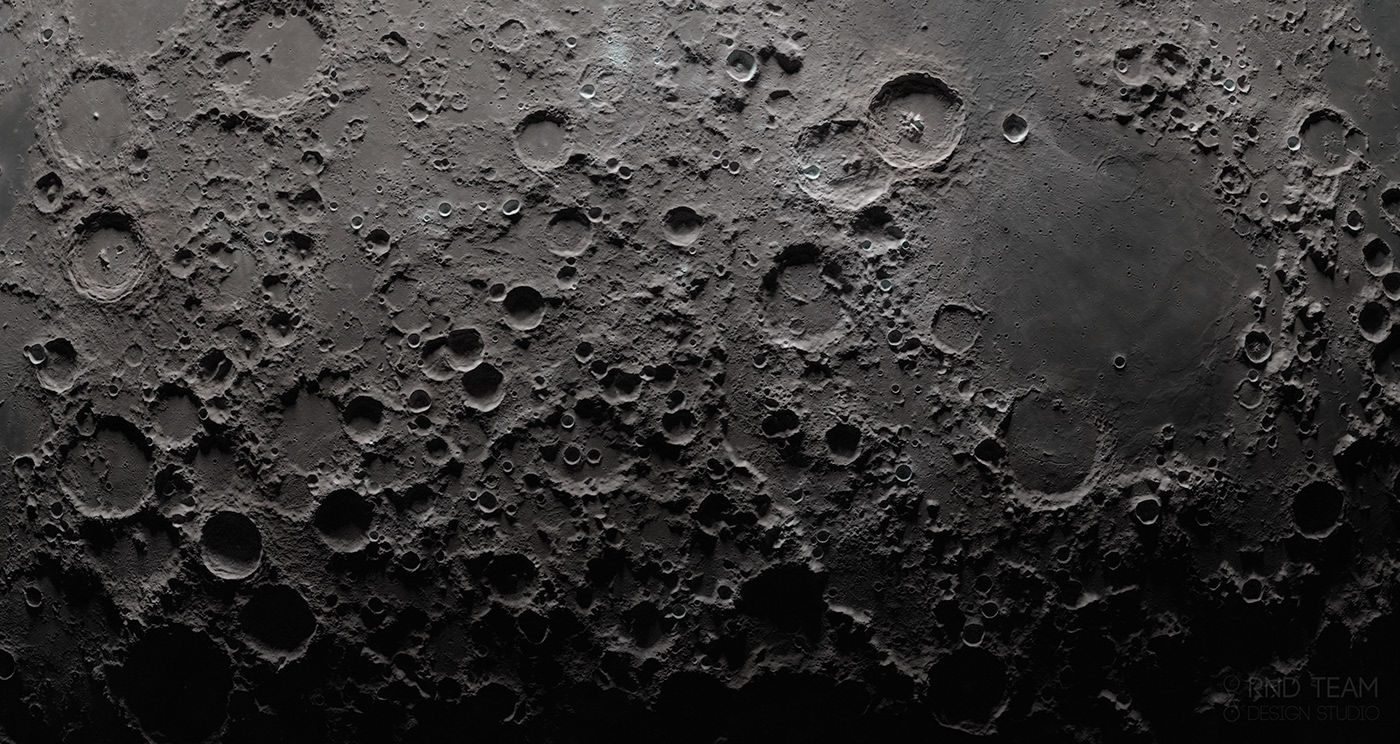

Artificial colors.
But still, the true colors are a bit sad. It is a big piece of rock in the end, hanging in a cold space. Let's make a more alluring celestial body. Elevation mapped to colors sounds good.
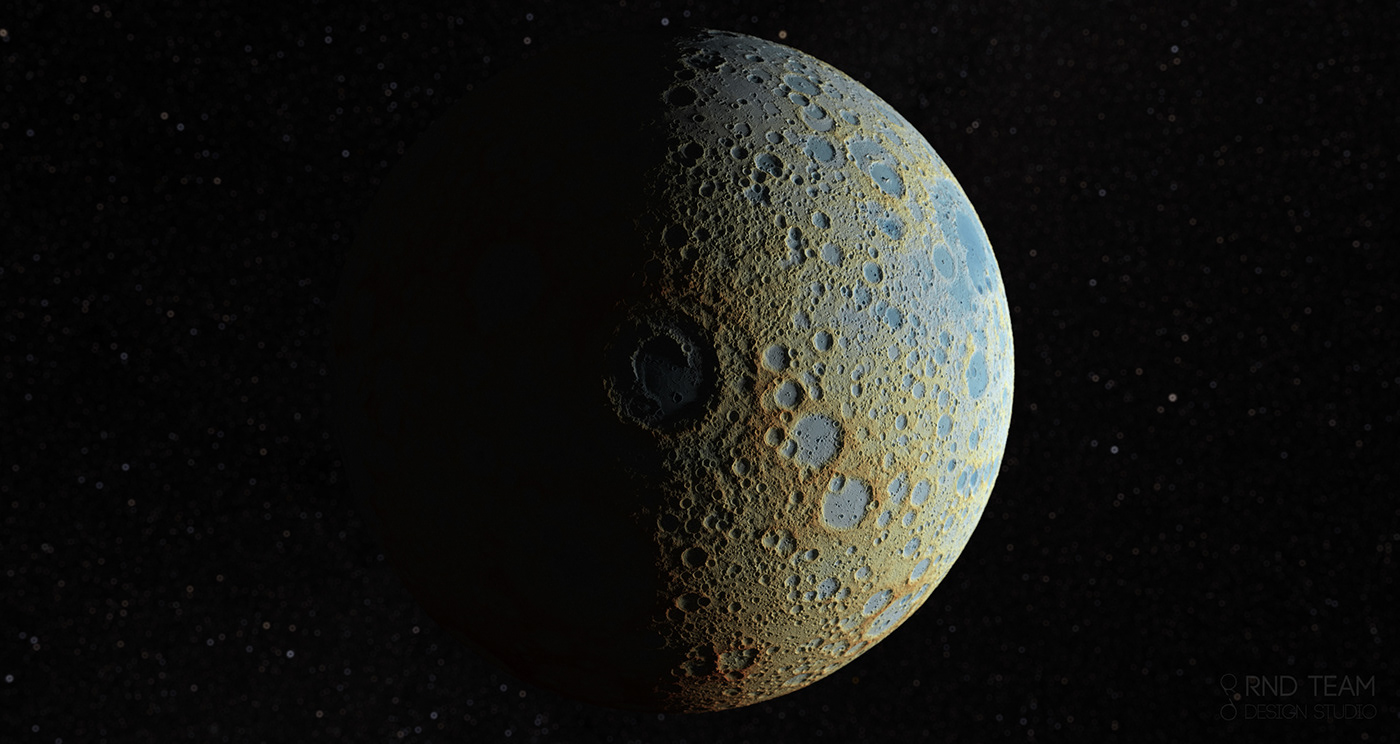
RdYlBu palette.
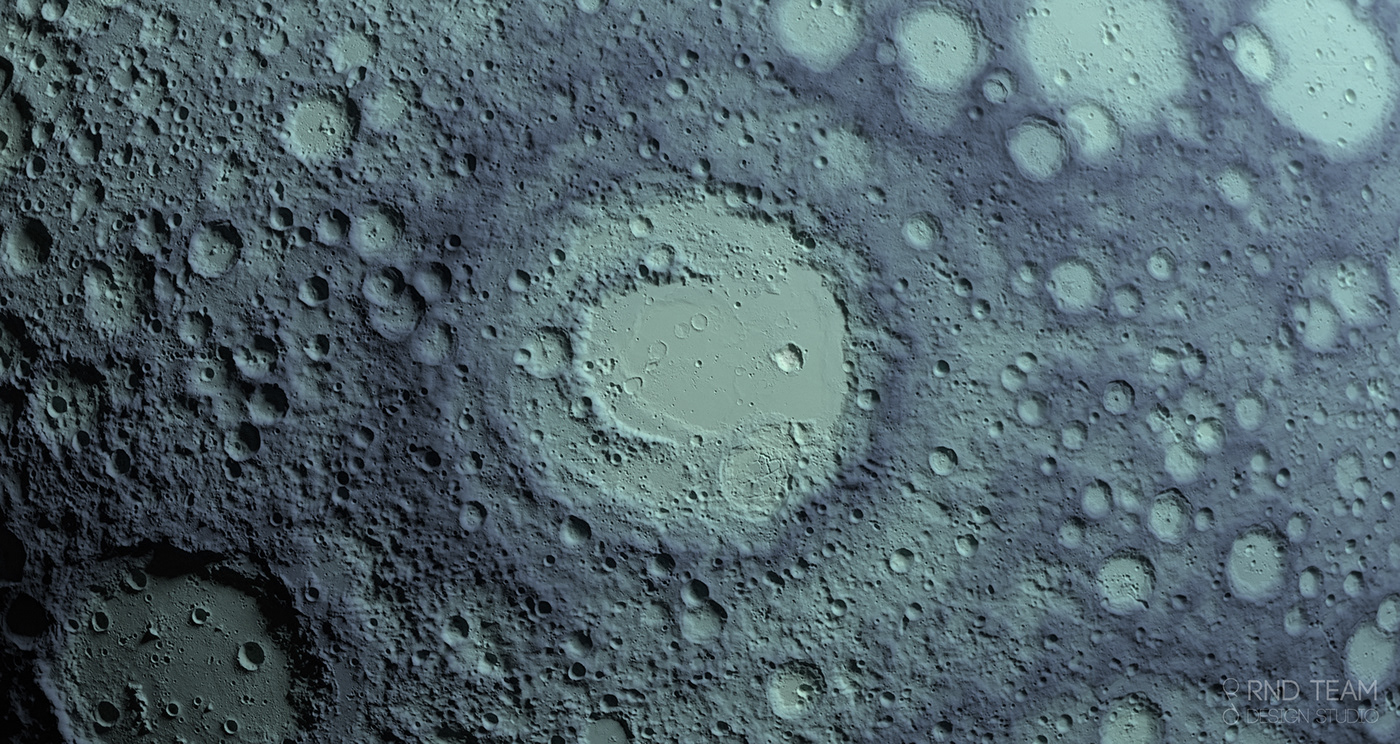
Bone palette.

Greys palette.
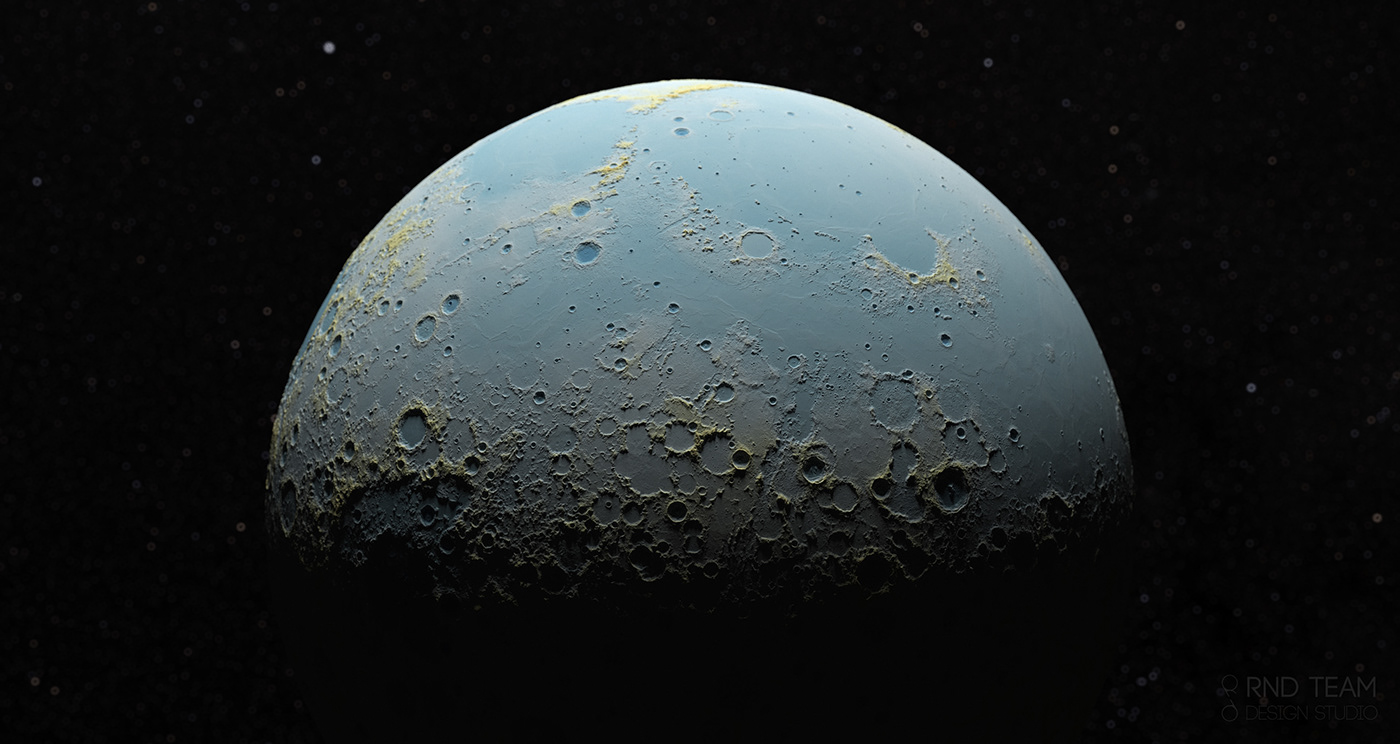
RdYlBu palette.
Tutorial
Explore the Moon on your own. We share the full tutorial and code in Jupyter notebooks. There are all steps to make your Moon: get the real data files, apply preprocessing, run ray-tracing.


